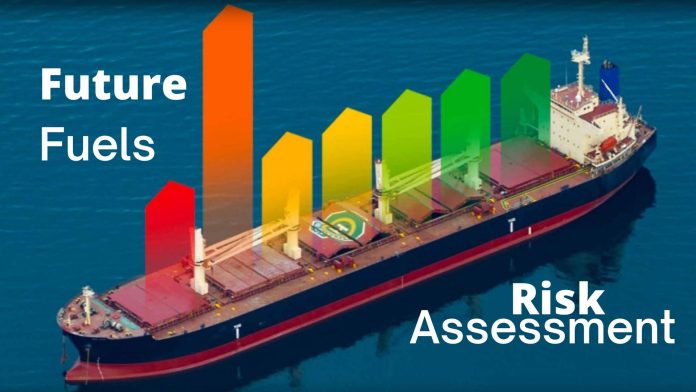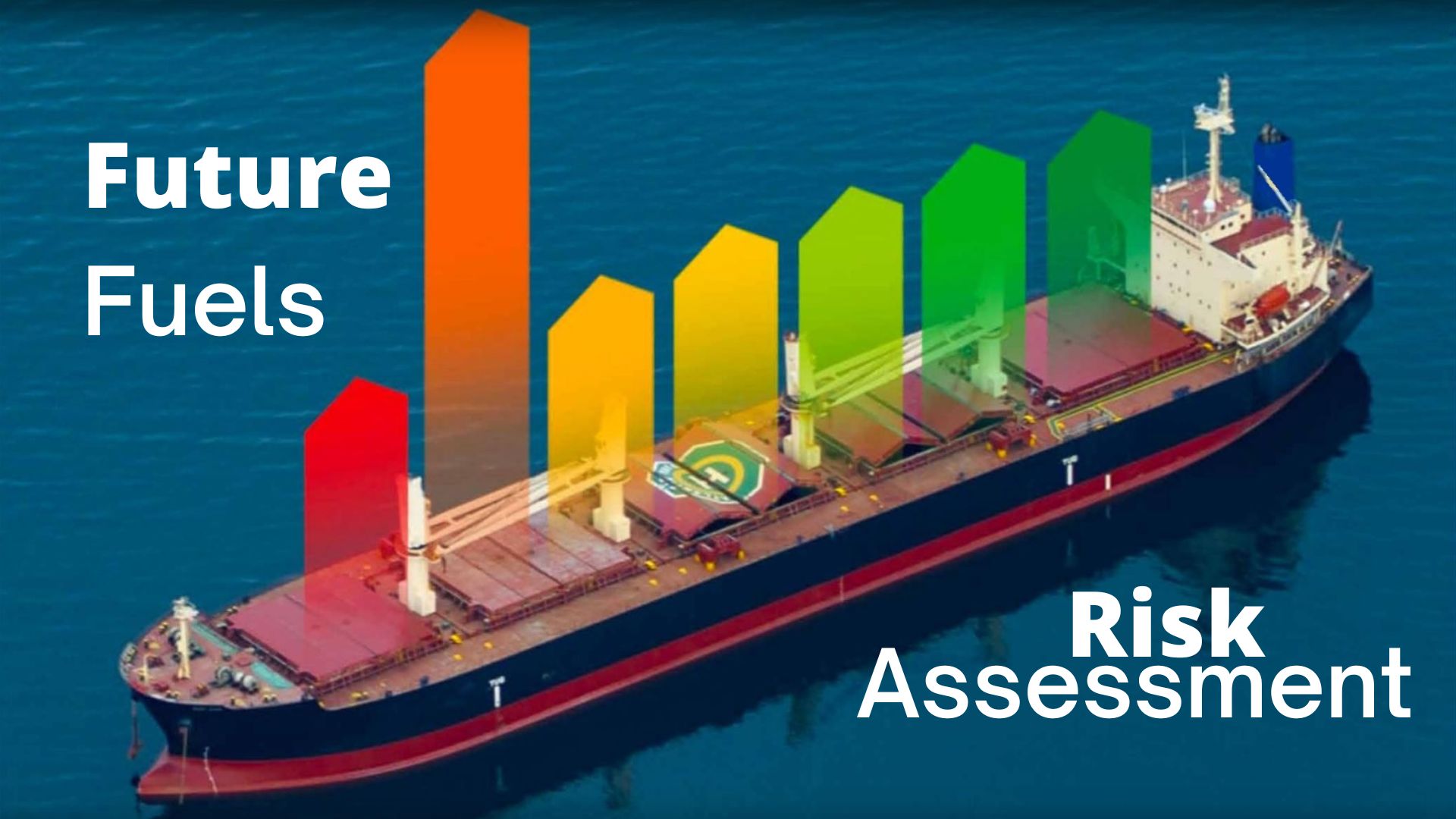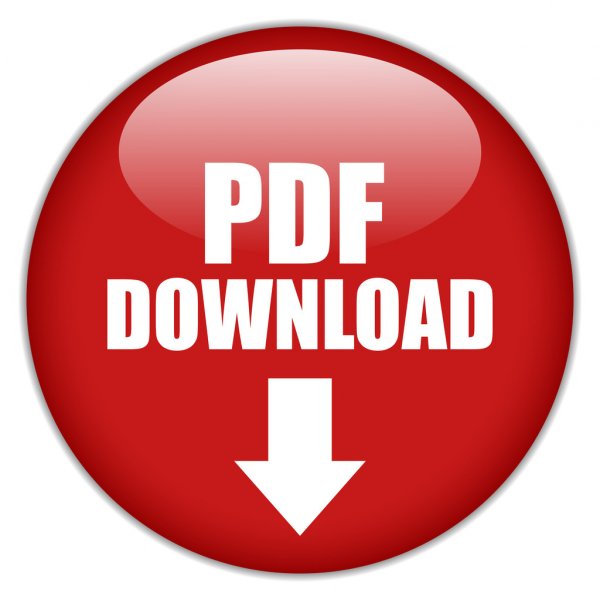
(www.MaritimeCyprus.com) The world needs to take urgent action to tackle climate change. The Paris Agreement set a goal to limit global warming to well below 2°C compared to pre-industrial levels and to pursue efforts to limit the temperature increase even further to 1.5°C.
Global seaborne trade is forecast to more than double by 2050. The shipping industry, which transports ~80% of the world’s traded goods and is responsible for 2.9% of global CO₂, must choose a pathway, supported by regulation, that is sustainably viable to reach a net-zero emissions future by 2050. To achieve this goal the industry must collectively do more to accelerate change.
As the sector focuses on the pathways to achieving net-zero the advancement of zero-carbon fuels will be required. These fuels will demand significant changes to ship designs, port infrastructure, and supply chain operations. We can anticipate these fuels being available, at scale for deep sea shipping applications, within the early 2030’s. Given the
impact change in a short period of time, action is required now to ensure we, as an industry, are ready for their safe introduction.
Zero Carbon fuels are currently in their infancy and whilst high-level feasibility is being assessed by several industry bodies, the practical application of these fuels onboard ships have largely yet to be considered or factored into any development programmes.
For this study the following fuels were considered:
- Liquified Natural Gas
- Hydrogen
- Methanol
- Ammonia
The objective is to enhance and further the common understanding associated with future fuels by:
- identifying hazards, in particular how they can be realised (what can go wrong, and how?). This considered all applicable risks, as well as unplanned and emergency scenarios related to the construction, installation, commissioning and operation of the relevant equipment and systems.
- understand reasonably foreseeable consequences of these hazards, including the identification of loss of containment events and assess the level of risk.
- review system safeguards and control measures to ensure suitability and understand what additional measures could be taken to eliminate or reduce the level of risk further, following ALARP principles, the detection and control of potential issues as well as suitable emergency response.
- recording actions and recommendations for further supplementary work.
The Fuel Risk Assessment can be downloaded below:
Source: TogetherInSafety














